“If you know either Peter Gabriel's 'Passion’, the soundtrack to the film 'The Last Temptation of Christ', or the soundtrack to the film 'Gladiator', you probably have heard the evocative sound of the duduk.” With this sentence British saxophonist, flautist and composer Theo Travis introduces the Armenian instrument duduk to the people who have never heard its magical sounds. A week ago, Theo recorded a track on the duduk at home and posted it on Facebook, which was his first public outing of the duduk.
He mentioned in the description that the piece had a Middle Eastern flavor and it was something that he had been working on for a while with the vocal contribution by Gaddy Zerbib.
Theo is best known as a member of Soft Machine band which he joined in 2006 and a member of Gong (from 1999 to 2010), he has worked with many famous musicians including Robert Fripp, Steven Wilson, David Gilmour.
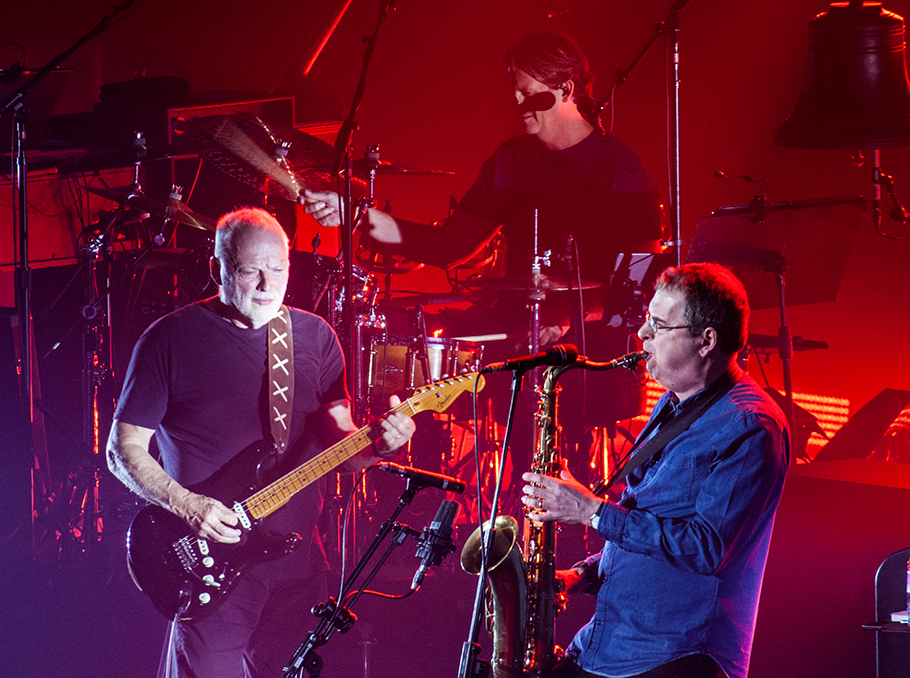 Theo Travis and David Gilmour
Theo Travis and David Gilmour Photo: Daniela Pagliuca
As a professional musician, who likes to explore exotic flutes, Theo bought the duduk as well in 2017 and started learning to play. Because of the coronavirus lockdown, he has had free time to practice the instrument more and build new plans with it. Mediamax has talked to Theo Travis and asked to tell how he discovered the Armenian instrument and whether he is going to continue playing the duduk and include it in his professional work.
At first, he wasn’t that interested
I first heard this instrument from a musician Didier Malherbe who lives in Paris. I joined Gong at the time he was leaving the band, but he still played on quite a few concerts and recordings. He was very keen on the duduk, he brought it along to the concerts and the recordings. Didier has done a lot of work introducing music from different cultures to people. Interestingly, at that time I wasn’t that interested in the duduk - this was about 20 years ago.
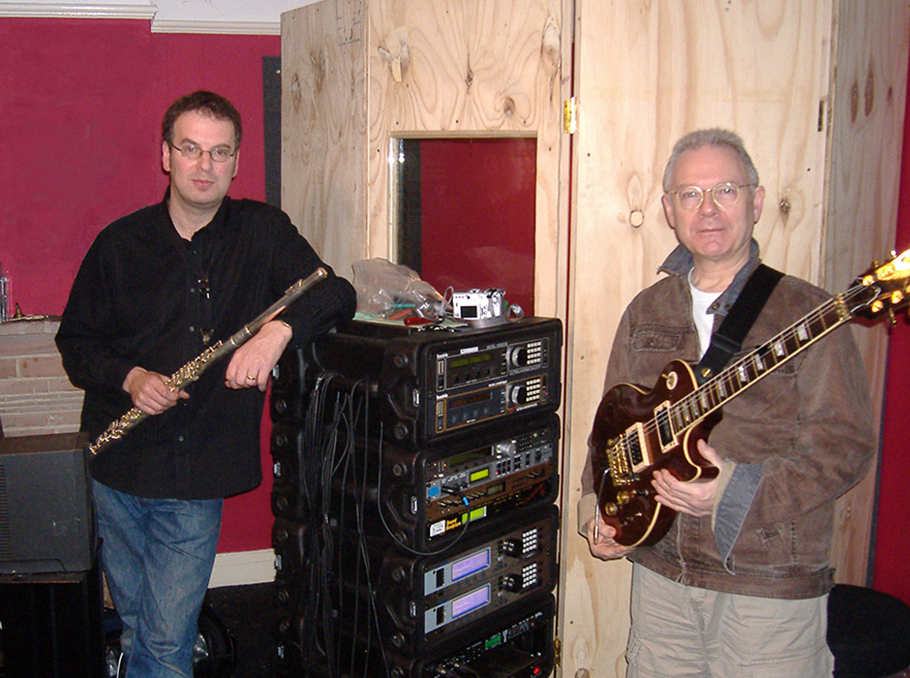 Theo Travis and Robert Fripp
Theo Travis and Robert FrippAround 15 years later, the piece that probably got me the most hooked was the album ‘Passion: Music for The Last Temptation of Christ’ by Peter Gabriel, the first track starts with the duduk. I think that is absolutely a beautiful piece of music.
Because I play several exotic flutes (I tried a Chinese flute and an Arabic flute, ney, which is really hard to play), I came back to the duduk, I was kind of exploring different sounds. I went to Didier from London to Paris, I went to his house and I bought it. I had a starter lesson on this instrument and then I started researching and looking on YouTube for more people. I particularly came to Djivan Gasparyan and went back to Levon Minassian who played with Peter Gabriel.
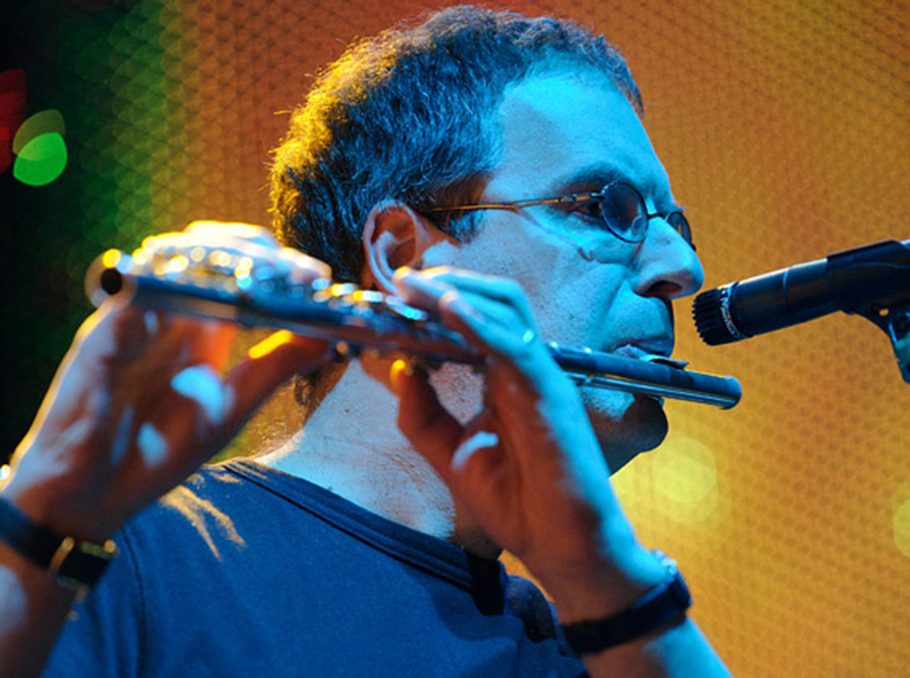 Theo Travis
Theo Travis Photo: Joe Del Tufo
The saddest instrument in the world
The more I could hear different people do tracks, the more I though it was very beautiful. The duduk is basically very simple, there are no keys, no metals here and there, it is just a piece of wood with holes. But the instrument itself is kind of magical, unique, mysterious, it has a kind of deep sound, it is so subtle that the more you study, the more you realise it has really intricate ways of playing notes and getting expression. The expression is so important to the duduk, you can express things and music on it that I find you cannot on a saxophone, flute or a clarinet. It has a very emotional sound.
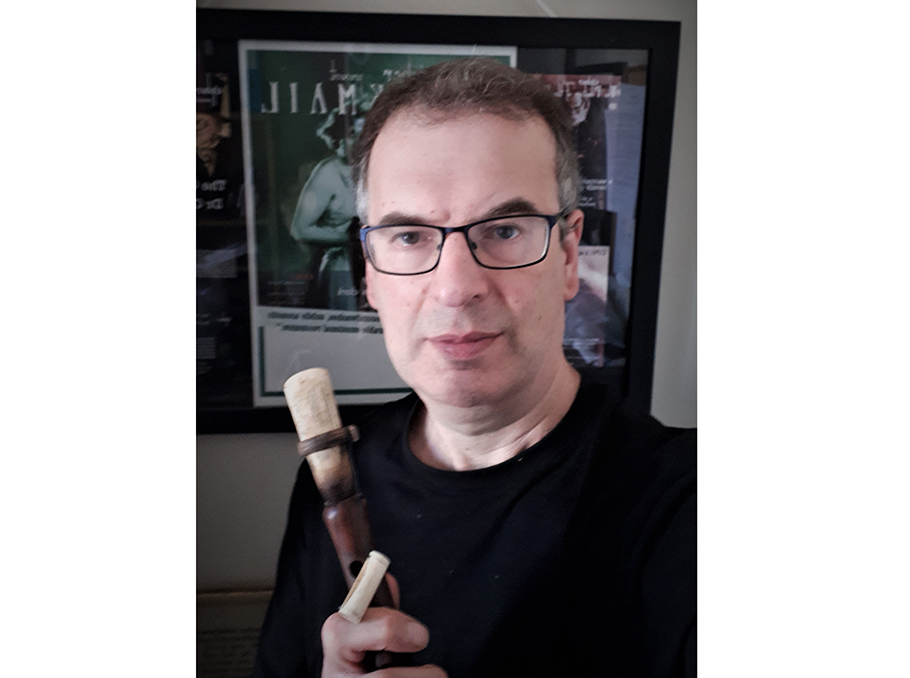 Theo Travis
Theo Travis You feel an expression of sadness and mourning, depth of sympathy and empathy just in a sound. It is a beautiful double-reed woodwind instrument with a very silky, smooth sound. A very good producer I worked with always said that the duduk was the saddest instrument in the world.
It is funny how I heard this instrument 20 years ago and I didn’t kind of jump on it like I did that recently. I could have had 20 years extra experience playing the duduk.
Due to the lockdown
Because I am a professional musician and I work mainly on saxophone and flutes, sometimes I play the duduk quite a lot, and then another time when I am busy (maybe on tour or teaching), I have less time to play it. Recently with the virus, lockdown and everyone being at home, I had more time to practice the duduk.
I basically started looking at YouTube videos, I was trying to copy what I could hear, trying to work out what people do with fingering, blowing and the lips. More recently I also had a couple of Skype lessons with Arsen Petrosyan, a young, very good duduk player from Armenia. He was a friend on Facebook, and since I couldn’t find any duduk teachers in London, I posted on Facebook that I was interested in having some lessons, and Arsen responded to me. He has been really great, very helpful, and he gave me some really important instructions, I will be having some more lessons in the future. To be good at it is hard, with nearly all musical instruments to play well is a lifetime’s work.
The unexpected positive reaction
The response to the track that I posted on Facebook has been amazing, it has been one of the most enthusiastic, positive responses from a musical thing I have posted. The first person, who commented on the post, whom I know is a professional saxophone player, said that I definitely have mastered it (laughing-Mediamax)... I definitely have not mastered it. He has obviously got very good ears, so the fact that he thought it sounded very good was very pleasing.
 Theo Travis
Theo Travis Arsen Petrosyan himself said I did a good job, and I was really touched and impressed with that because there are many technical things that I have not caught yet. What was also interesting that some friends, maybe not from music, said that this was really touching. I was delighted, I hadn’t expected that kind of positive reaction which is encouraging, so I think I will do more and I will certainly carry on working with it and trying to improve.
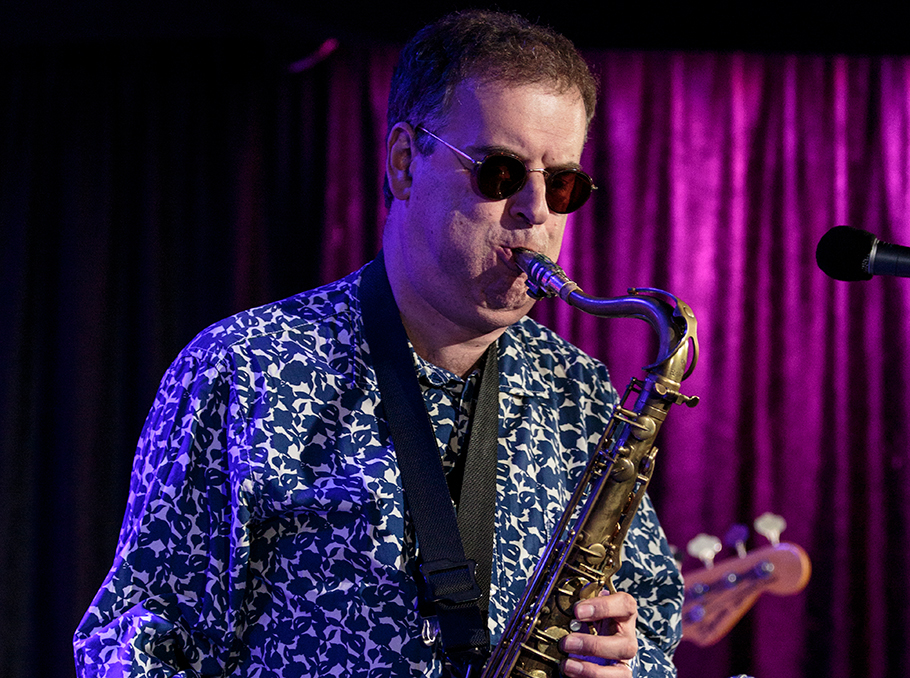 Theo Travis performs at Iridium club, New York City
Theo Travis performs at Iridium club, New York City Photo: Scott Friedlander
The exotic sound from far away
My aim with this instrument is that I want to be much better and perform in a way that I am happy with.
In terms of collaboration, being a saxophone and flute player, I played mainly with groups of people; being a kind of solo instrument, I see the duduk is adding the instruments that I play as a lead instrument: so, saxophone, flute and duduk. I would like to do that in a way that I think is musically rewarding and offers something different from the saxophone and flute, in a professional sounding way. I do want to improve, I do want to collaborate and I do want it to be used on recordings.
 Theo Travis and David Gilmour
Theo Travis and David Gilmour Photo: Claudio Cicardi
The interesting thing about the duduk is that you can know nothing about it, but if you hear it, it is very appealing, it feels like a beautiful sound from far away, something exotic. Because it is not a clarinet or flute, many people would not know what it is, but it kind of doesn’t matter, because what is important is that it is a beautiful sound that takes you to a different place.
Duduk as an introduction to Armenia
I know little about Armenian culture. In fact, the duduk for me has been an introduction to Armenia, the Armenian people and history.
Through the lessons with Arsen Petrosyan, I have actually had one-to-one contact with someone who is in Yerevan, who is very much from Armenian culture and Armenian music. To me that is a lovely thing, because it means there is a kind of connection with Armenia. I am learning more about Armenian people and the place, so it is fascinating, I would like to go to Armenia in the future.
For me, it has been fascinating and great to be introduced to Armenian culture and people, I think the duduk is a wonderful gift that Armenia has given to the world. I look forward to working with it for many years. Thank you, Armenia.
Amalie Khachatryan
















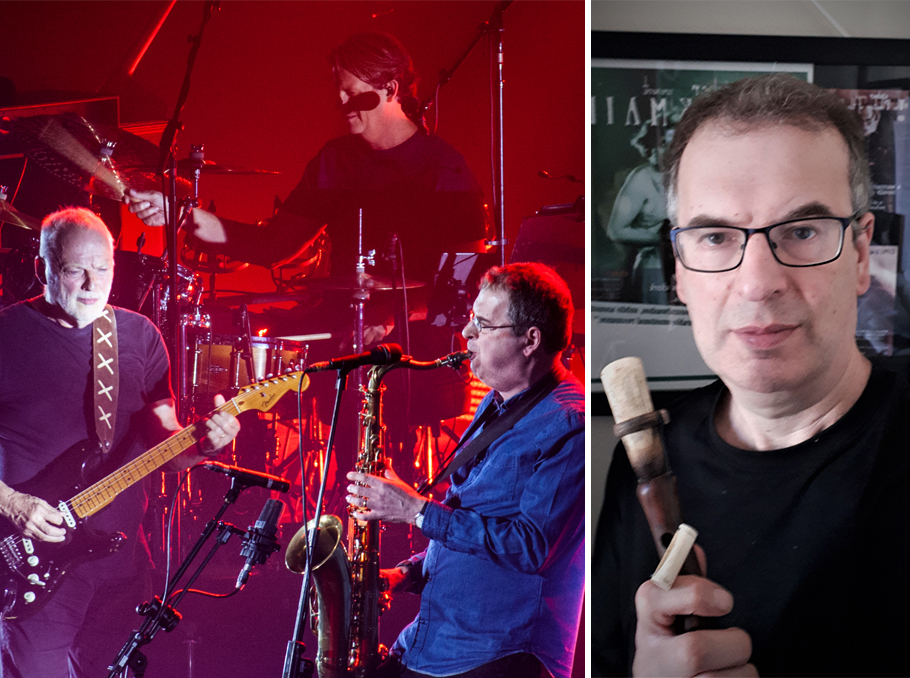



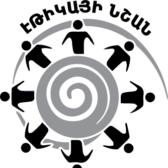



Comments
Dear visitors, You can place your opinion on the material using your Facebook account. Please, be polite and follow our simple rules: you are not allowed to make off - topic comments, place advertisements, use abusive and filthy language. The editorial staff reserves the right to moderate and delete comments in case of breach of the rules.